Các danh mục hàng đầu

PCB & PCBA

Bảo vệ nguồn điện & mạch

Đầu nối & Phụ kiện
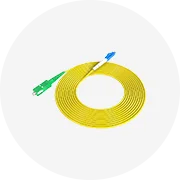
Viễn thông

Hệ thống phát triển

Vật dụng & phụ kiện điện tử

Linh kiện thụ động

Cách Ly

Linh Kiện Âm Thanh Và Sản Phẩm
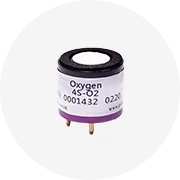
Cảm biến

Màn hình, Biển hiệu & Thiết bị quang điện tử

RF, Lò Vi Sóng Và RFID

Đi-ốt, Linh kiện bán dẫn & Bán dẫn 4 lớp

Không dây & IoT

Nguồn Cung Cấp Điện

Rơ Le
About products and suppliers
Alibaba.com cung cấp các sản phẩm 4307 ống gốm nóng. Có rất nhiều ống gốm nóng lựa chọn dành cho bạn, chẳng hạn như khuôn, cắt, và đấm. Bạn cũng có thể chọn từ công nghiệp, công nghiệp gốm, và vật liệu chịu lửa ống gốm nóng. Cũng như từ alumina ceram, zirconia gốm, và al2o3 ống gốm nóng.Và bất kể ống gốm nóng là trắng, vàng, hay ngà.

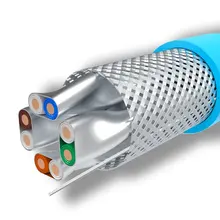

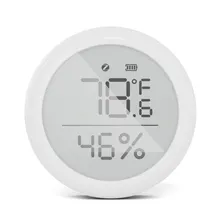

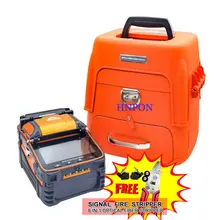





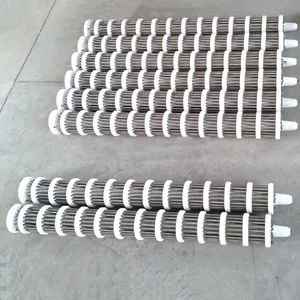

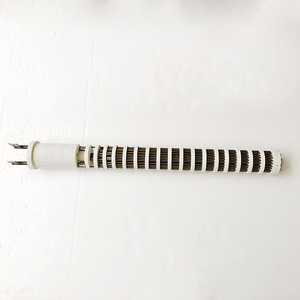
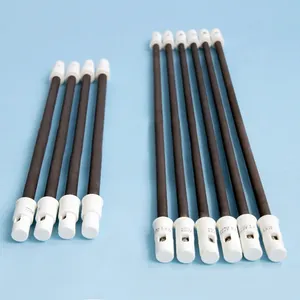
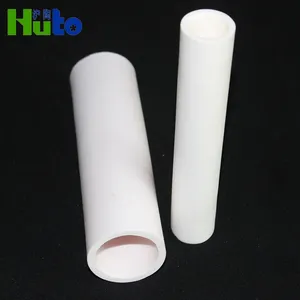








 浙公网安备 33010002000092号
浙公网安备 33010002000092号 浙B2-20120091-4
浙B2-20120091-4